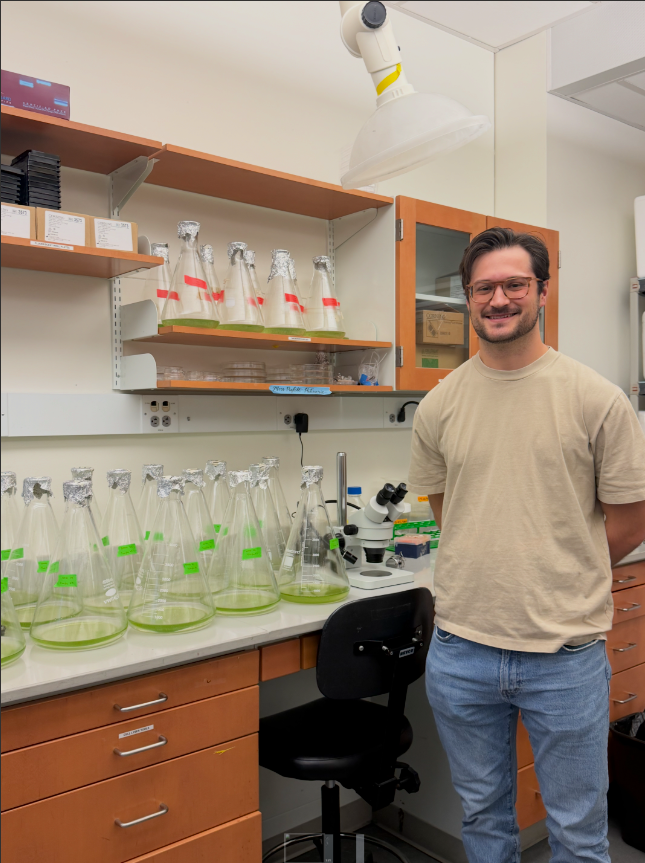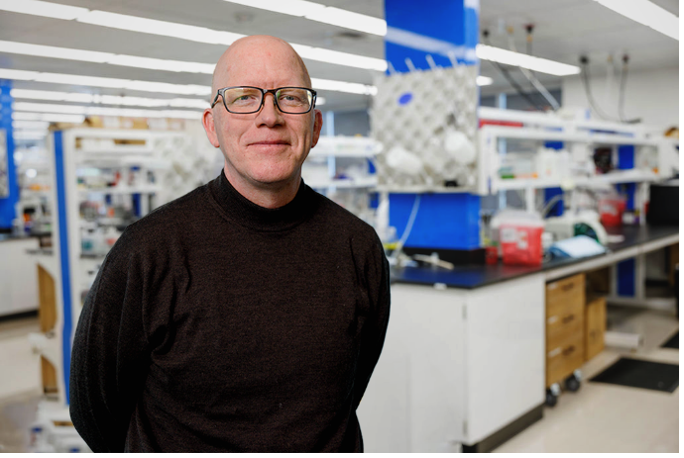News Archive

The research revealed a strong, direct relationship between the amount of brown carbon in the smoke and how much light the particles absorb, especially at ultraviolet wavelengths.

The Department of Chemistry at the University of North Carolina at Chapel Hill is delighted to announce the promotion of two outstanding faculty members to the rank of Professor, effective January 1, 2026.
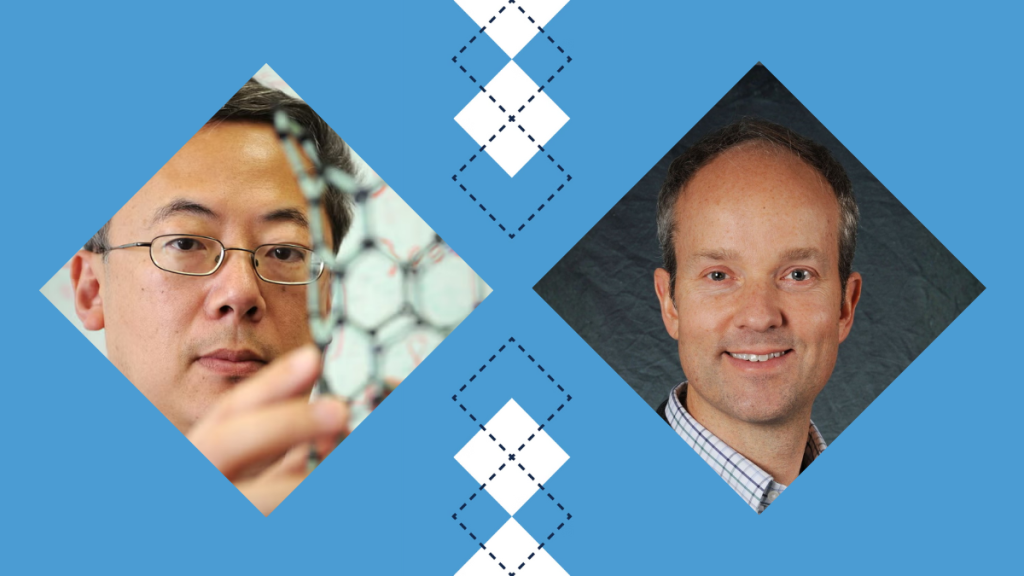
Chemist Mark Schoenfisch and physicist Otto Zhou were among 185 inductees this year to receive one of the most prestigious distinctions awarded to inventors worldwide.
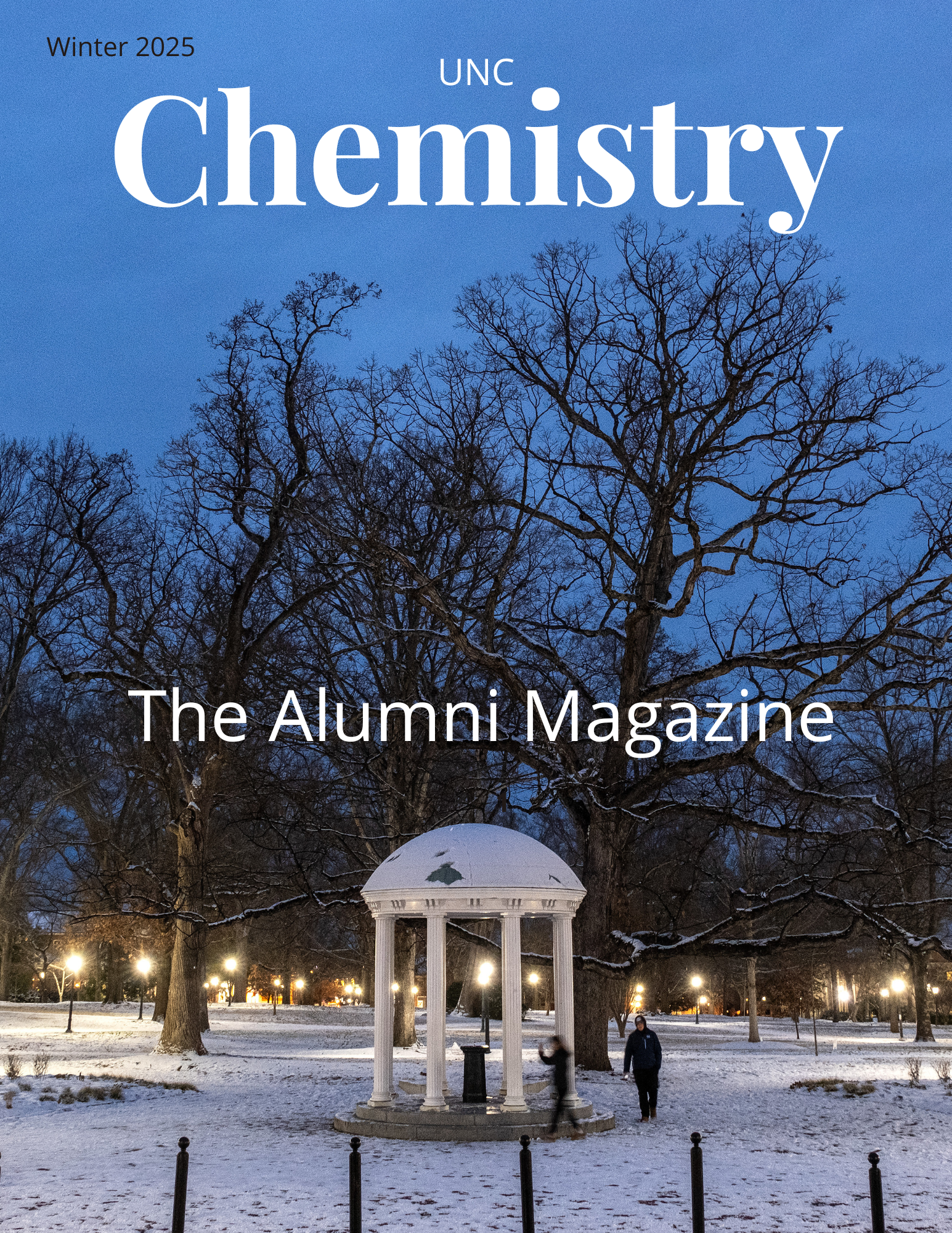
Happy Holidays! We are pleased to present our Winter 2025 Alumni Magazine.

Two scientists at UNC-Chapel Hill, Gary Pielak and Brian Kuhlman, have received a $1 million Science and Engineering Research Award from the W.M. Keck Foundation to study AI-designed proteins.

When James Custer arrived at UNC-Chapel Hill to begin his Ph.D. in chemistry, he didn’t know he was about to launch a career that would take him from high-stakes scientific discovery to global clean energy negotiations.
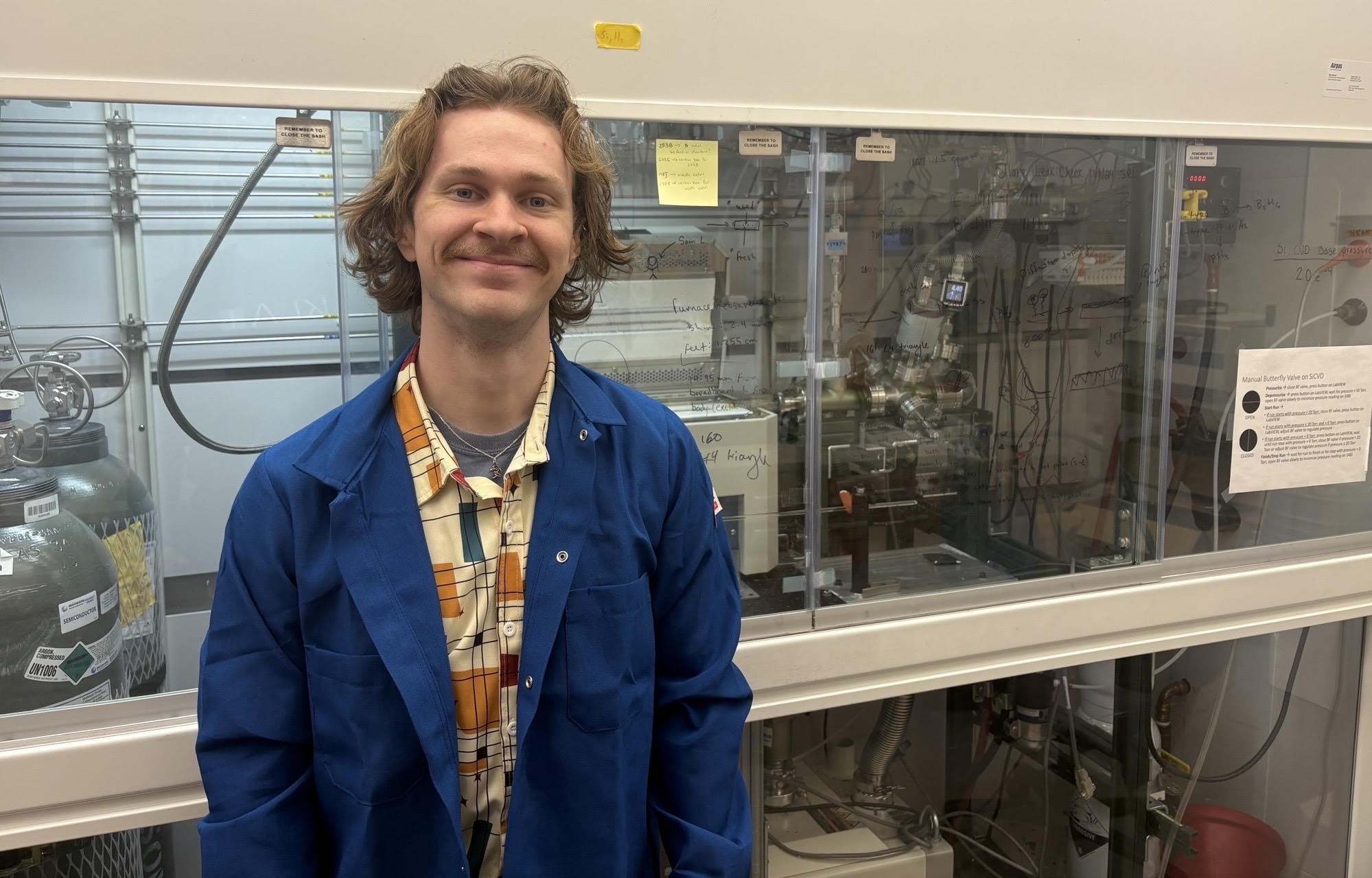
Will Hemmingson, a Ph.D. student in the Department of Chemistry, presented his team’s latest work: a particle suspension reactor that uses sunlight, silicon nanowires and clever chemistry to make carbon dioxide reduction more efficient, affordable and durable than previous designs.

Each holiday season, UNC chemist Erin Baker and her lab trade data analysis for presents — rallying fellow Tar Heels to raise money for Toys for Tots and Coats for Kids.
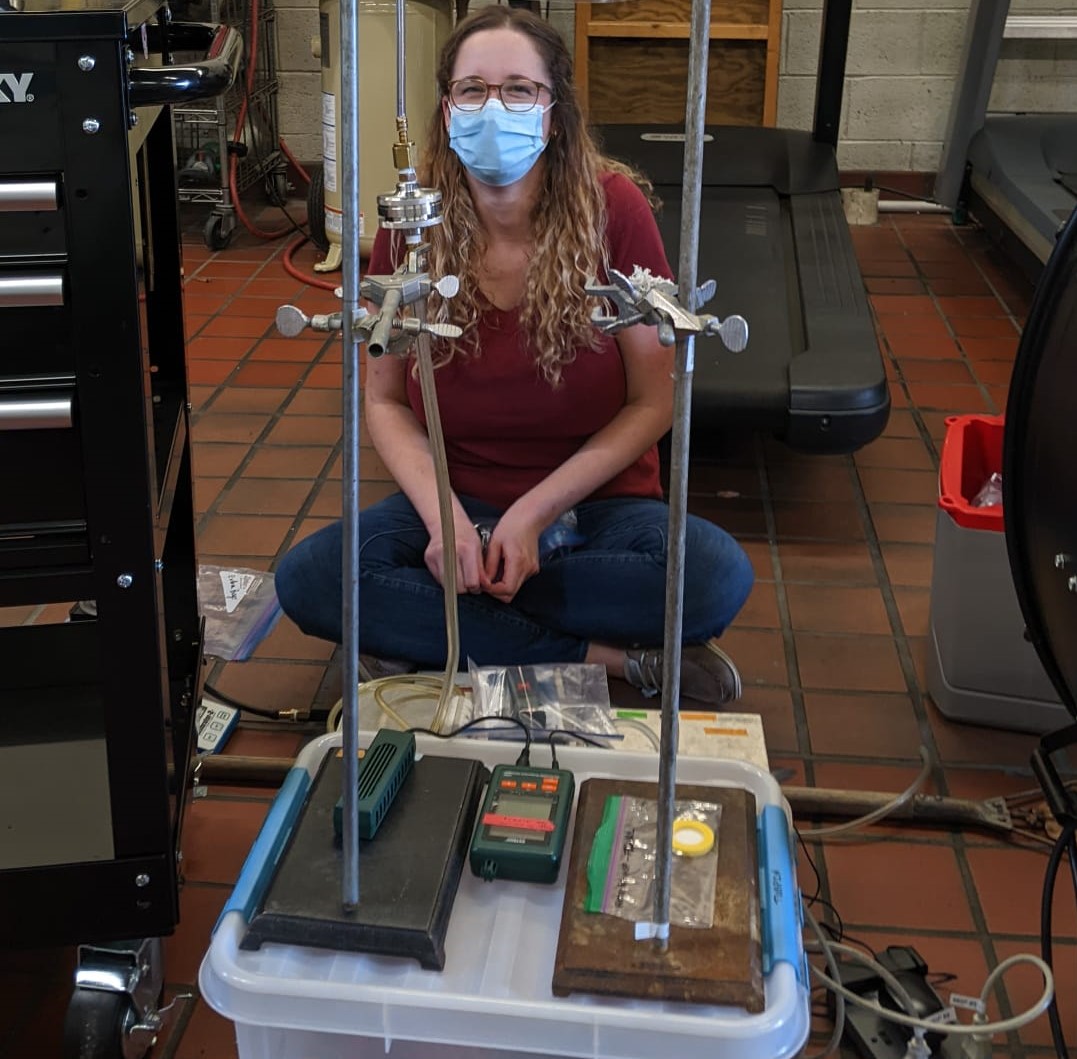
Gabrielle West, a Ph.D. student in the Department of Chemistry at the University of North Carolina, recently received a certificate of merit from the Environmental division at the American Chemical Society (ACS) Fall 2025 conference in Washington, D.C.



